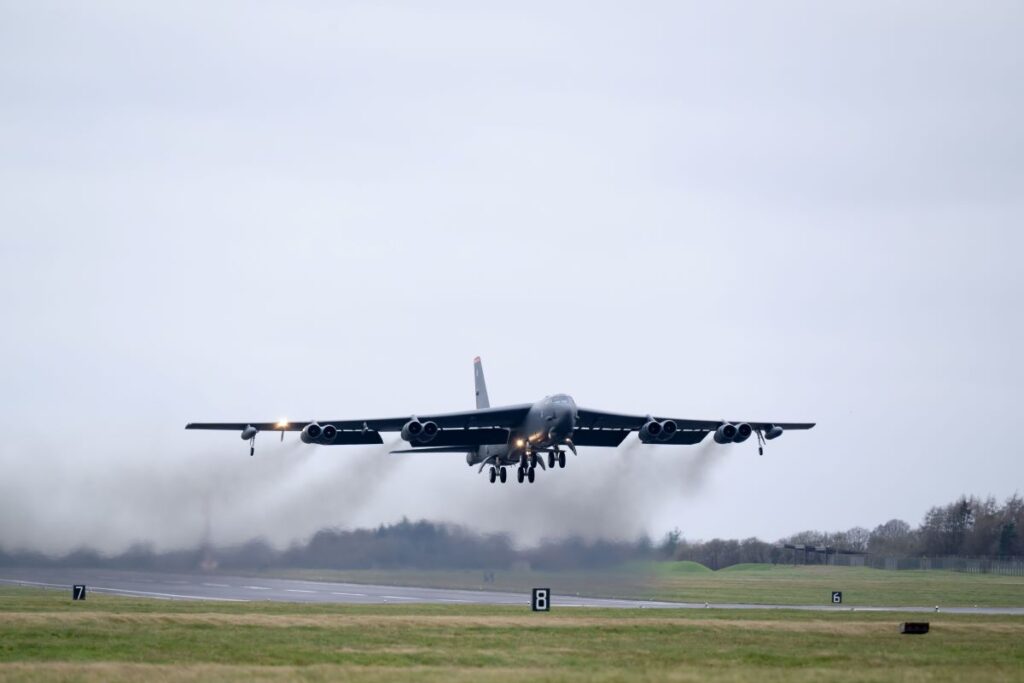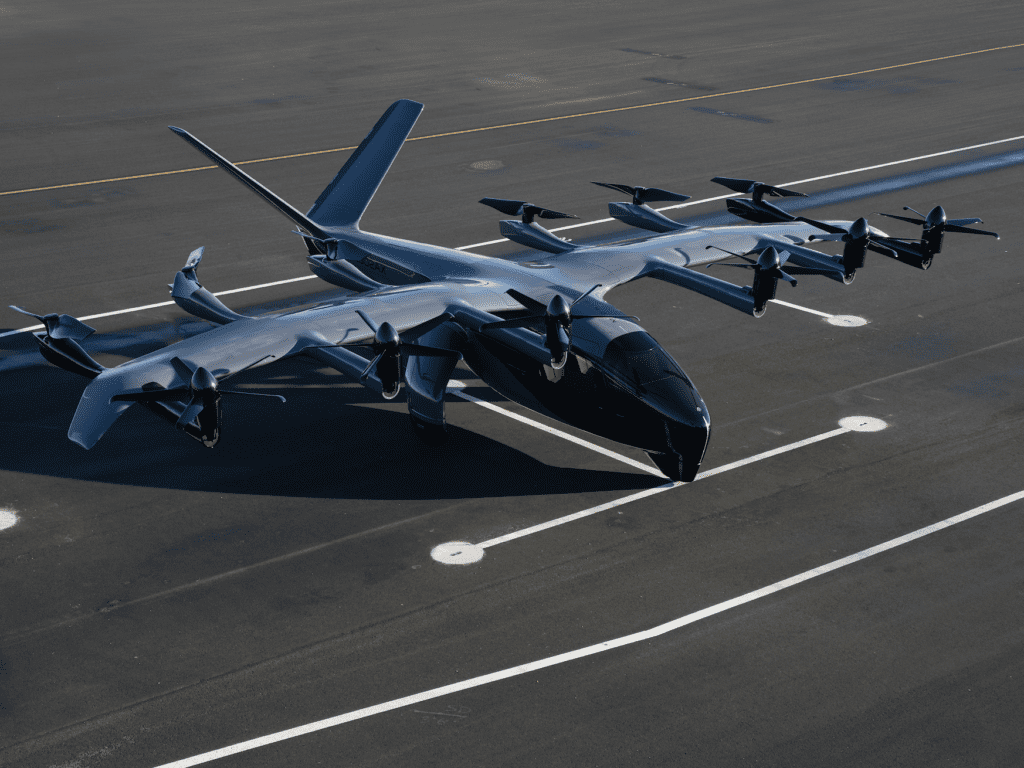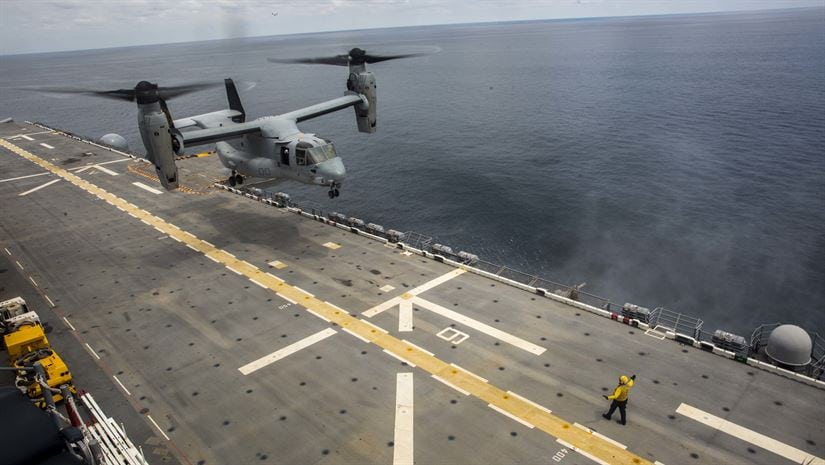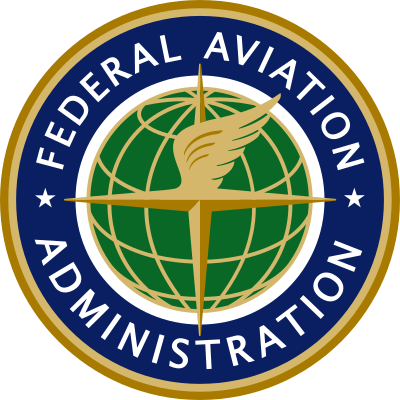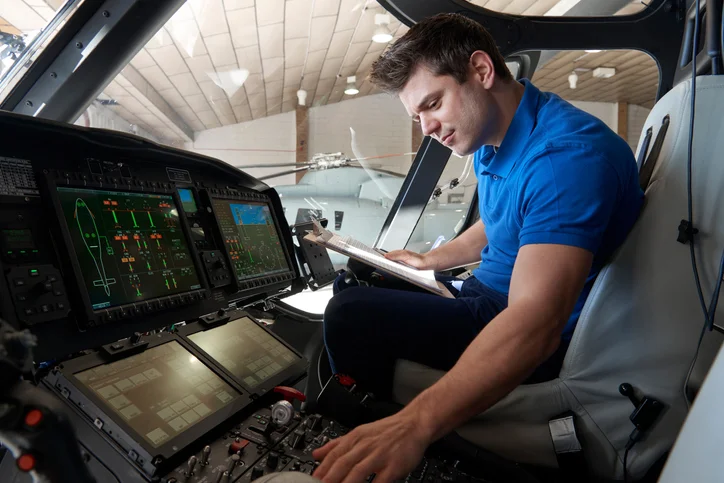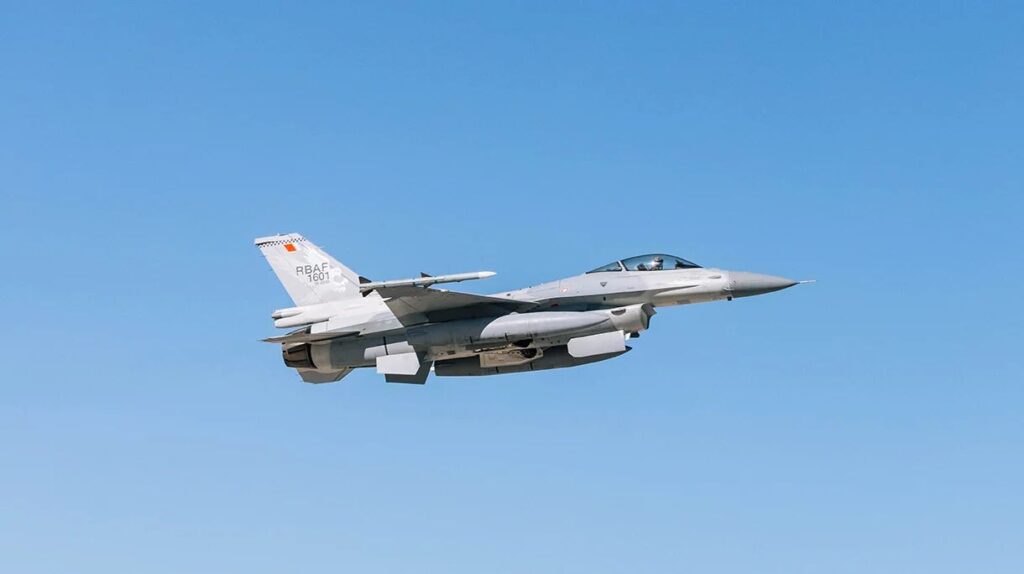FAA Turmoil: A Recipe for Avionics Uncertainty
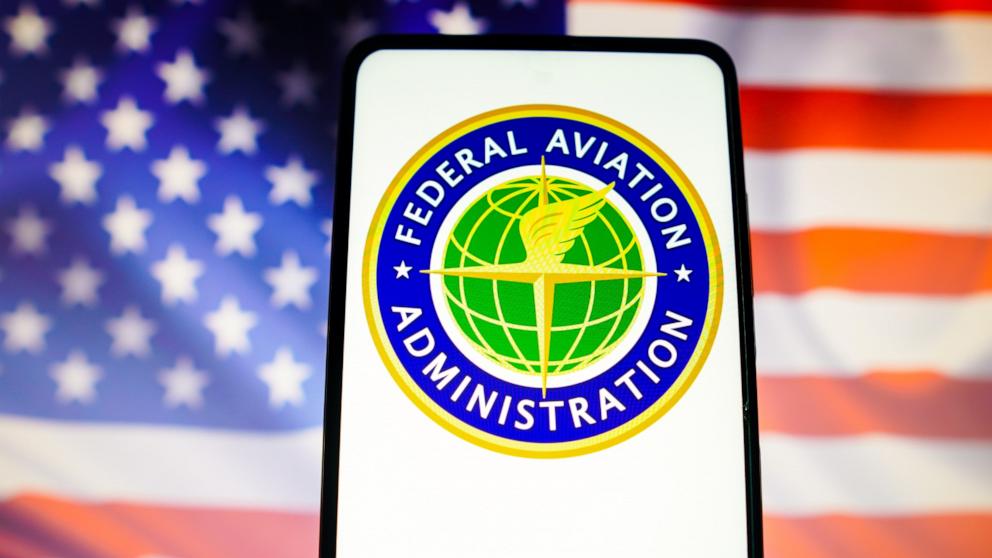
Global Avionics Round-Up from Aircraft Value News (AVN)

The Federal Aviation Administration (FAA) is in turmoil, with deleterious effects that will extend to the avionics industry.
For starters, the FAA is facing its first major aviation disaster in 16 years without a confirmed leader, following the departure of Michael Whitaker.
Chris Rocheleau, appointed by President Trump, currently serves as the acting head of the FAA. He will oversee the FAA until a nominee for the position is selected and confirmed by the Senate.
Whitaker resigned as FAA administrator on January 20, the day of Donald Trump’s inauguration, after tensions with Elon Musk, whose company SpaceX falls under the agency’s oversight. Musk had publicly called for Whitaker’s resignation after the FAA penalized SpaceX for making unauthorized launch modifications.
Now, the agency’s leadership void is under intense scrutiny after an Army helicopter collided in midair on January 29 with an American Airlines jet in Washington, DC, resulting in a tragic loss of life.
In a late-night email sent Friday, February 14, the Trump administration fired hundreds of FAA employees.
Alex Spero, head of the Professional Aviation Safety Specialists (PASS) union, called the firings “shameful” and said they “will increase the workload and place new responsibilities on a workforce that is already stretched thin.”
The FAA has faced significant challenges in recent years, and under a second Trump administration, its future is shaping up to be even more turbulent. From leadership shake-ups to regulatory uncertainty, instability at the FAA is likely to have major ramifications for avionics development, demand, and procurement.
Uncertain Standards Could Stifle Innovation
The FAA plays a crucial role in setting avionics certification standards. If the agency experiences political interference or leadership disruptions, the approval process for new avionics technologies could become unpredictable.
Under Trump’s previous administration, deregulation was a priority, but this sometimes led to safety concerns—most notably in the wake of the Boeing 737 MAX crisis. If a second Trump presidency weakens FAA oversight in favor of rapid approvals, it could create risks for avionics developers, airlines, and passengers alike.
Airlines May Delay Upgrades Amid Regulatory Chaos
Airlines rely on clear regulatory frameworks when investing in new avionics systems. If the FAA experiences instability, carriers may delay upgrading cockpit technology or adopting new avionics enhancements due to uncertainty about future requirements.
International regulators like the European Union Aviation Safety Agency (EASA) might grow wary of FAA decisions. If EASA imposes its own stricter standards, avionics manufacturers could face conflicting regulatory demands, complicating development and sales strategies.
Pentagon and Airlines Could Seek Alternatives
A weaker or inconsistent FAA could push the Pentagon and commercial airlines to look for alternative regulatory benchmarks. If the FAA loses credibility, international avionics suppliers may start favoring EASA certification, giving European firms an edge over American competitors.
If deregulation leads to safety concerns, insurance premiums for airlines could rise, making avionics upgrades even more expensive. This could further dampen demand and delay the adoption of next-generation systems.
In short, a turbulent FAA under Trump could introduce regulatory uncertainty, slow avionics innovation, and push airlines and defense buyers to look elsewhere for stability. The long-term impact could be a less competitive U.S. avionics industry.
This article also appears in our partner publication Aircraft Value News.
John Persinos is the editor-in-chief of Aircraft Value News.
The post FAA Turmoil: A Recipe for Avionics Uncertainty appeared first on Avionics International.
—————
Boost Internet Speed–
Free Business Hosting–
Free Email Account–
Dropcatch–
Free Secure Email–
Secure Email–
Cheap VOIP Calls–
Free Hosting–
Boost Inflight Wifi–
Premium Domains–
Free Domains








